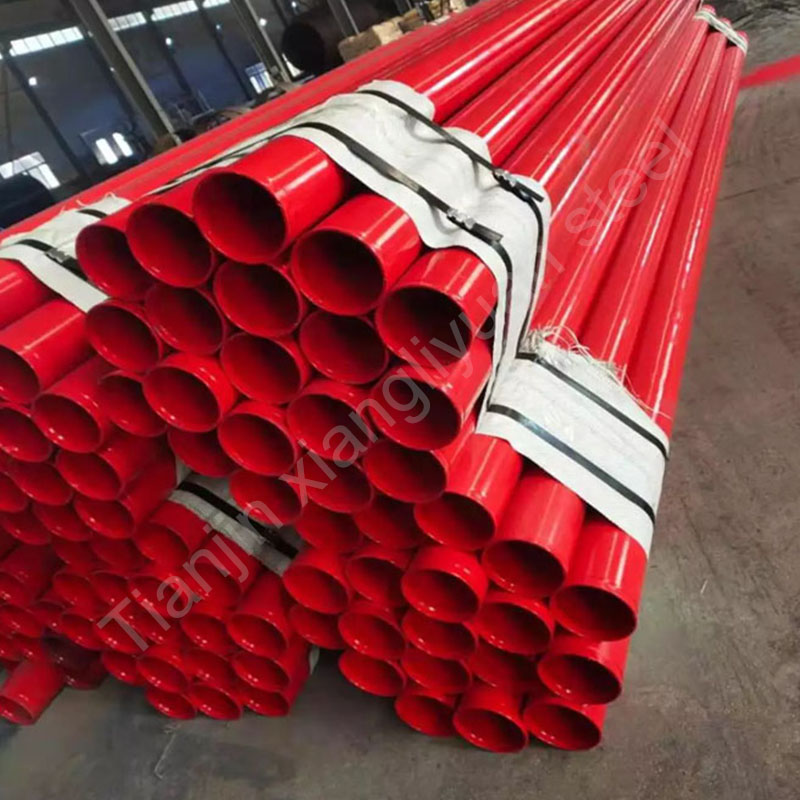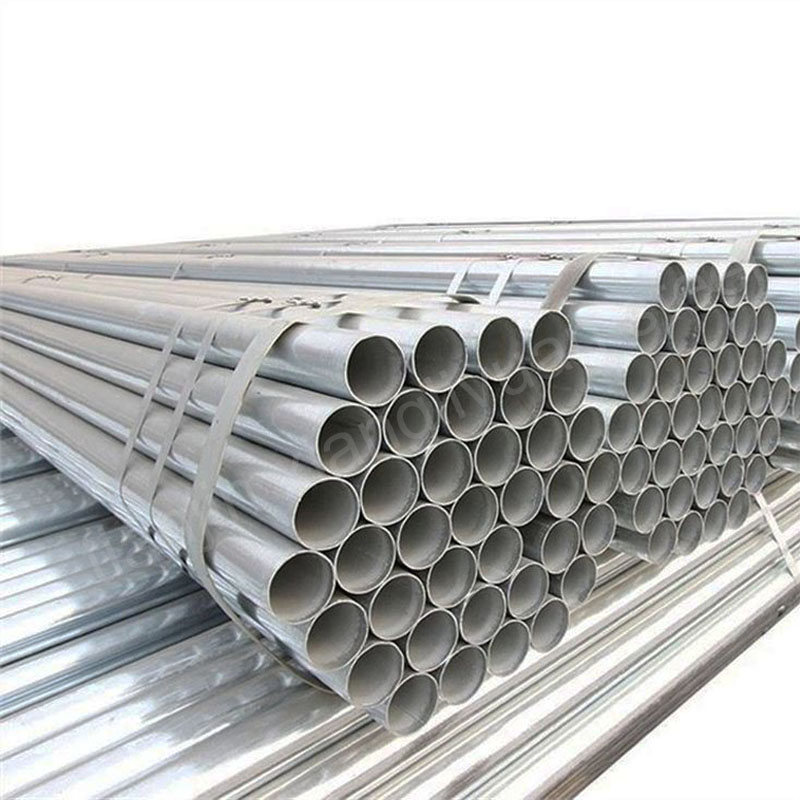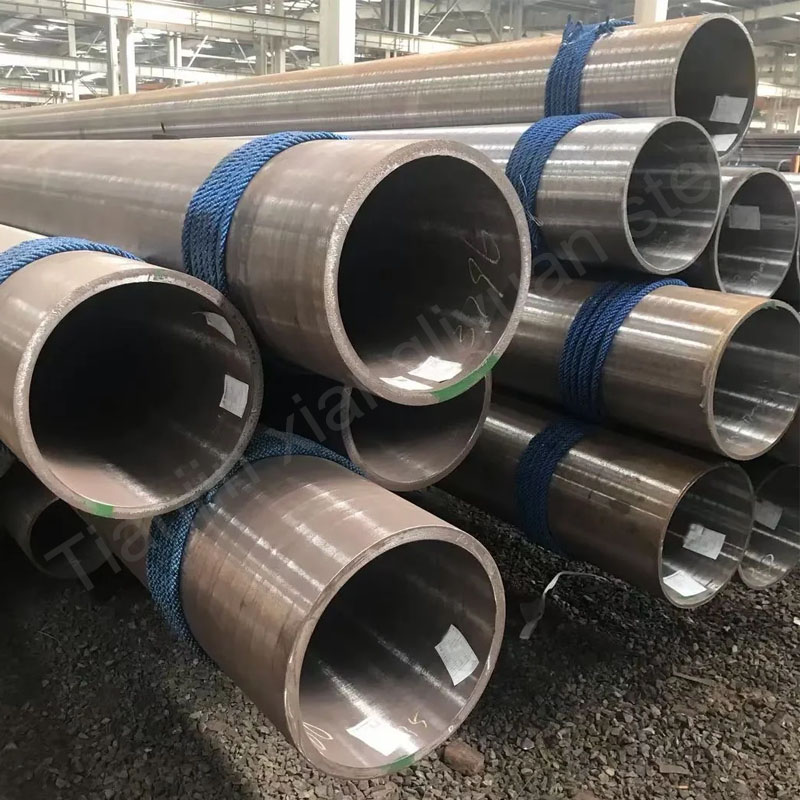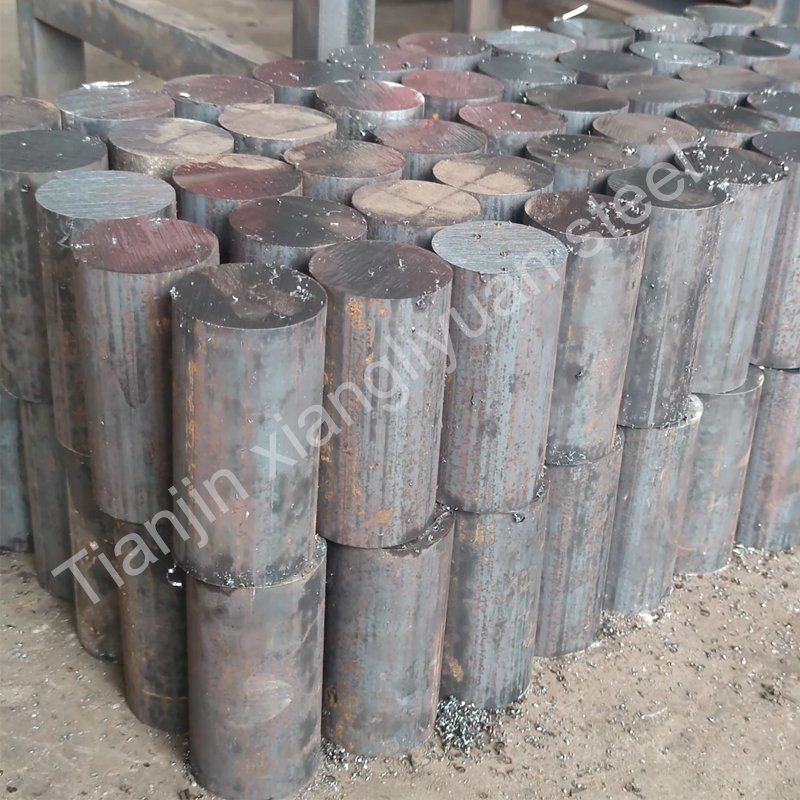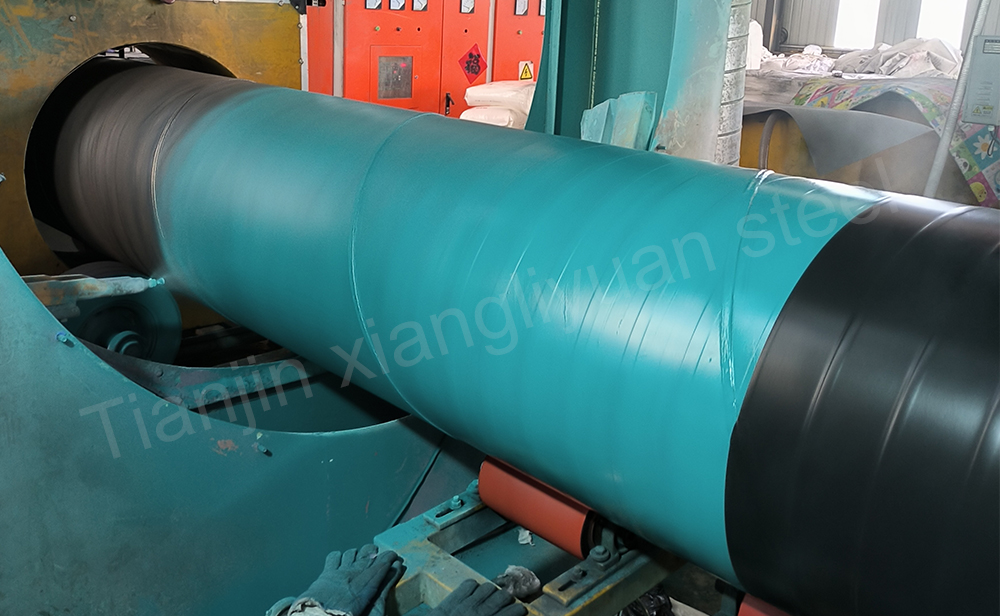During the use of industrial carbon steel pipes, color marking is usually used to distinguish different media, pressure levels and uses. These color markings can improve work efficiency, reduce the risk of misoperation, and provide a basis for rapid identification in emergency situations. The following will take common colors (such as red, yellow, blue, green, etc.) as examples to introduce the specific meaning and application of color markings for industrial carbon steel pipes.
Red marking: high-risk, high-temperature media, fire pipes
Red is usually used to indicate pipelines for high-temperature or dangerous media or fire-fighting purposes. For example, in industrial production, pipelines that transport high-temperature steam, hot oil or flammable gases (such as hydrogen and acetylene) are marked in red. The warning effect of red is very obvious, reminding operators to pay attention to the possible high temperature or high pressure risks of these pipelines.
In addition, red is also used to identify fire pipes. This marking method is particularly common in construction projects and industrial facilities. As a warning color, red can quickly attract attention and help staff and emergency personnel quickly identify the direction and location of fire pipes in emergency situations, thereby improving response efficiency. For example, Chinese standards (such as GB 50242, “Construction Quality Acceptance Code for Water Supply, Drainage and Heating Engineering”) require that fire protection pipes should be painted red. American standards (such as NFPA 13, “Installation Standard for Automatic Sprinkler Fire Extinguishing Systems”): Although there is no mandatory regulation on color, red is usually the default marking color.
Yellow marking: medium pressure or gas pipes
Yellow markings are usually used to indicate medium pressure or gas transmission pipelines. Such pipelines are widely used in the transportation of natural gas, liquefied petroleum gas (LPG) and industrial gases. For example, in urban gas pipeline networks, yellow-marked pipelines are usually used to transport natural gas to the user end.
In some chemical production scenarios, yellow may also represent pipelines that transport corrosive gases (such as hydrogen sulfide and chlorine). For these pipelines, the use of yellow markings can remind workers to pay attention to their potential corrosive risks and take protective measures.
Blue marking: water and non-hazardous media
Blue markings are usually used to indicate pipelines that transport water or other low-risk media. In industry, blue-marked pipelines are mostly used in cooling water, fire water, wastewater discharge and other scenarios. The media of these pipelines are usually non-toxic and harmless, and pose a low direct threat to the environment and personnel.
In low-temperature environment applications, blue markings may also be used to indicate low-temperature liquid transportation pipelines, such as special media such as liquefied natural gas (LNG) or liquefied air. Such pipelines usually require the use of cryogenic materials and special designs to ensure safe operation.
Green markings: environmental protection or food-related pipelines
Green markings are usually associated with environmental protection and food-grade media. Pipelines that transport drinking water, food processing water, or non-toxic media related to food production often use green markings. This marking method can quickly identify critical pipelines in industrial and food processing environments.
In addition, in some companies, green markings may also be used for pipelines that transport inert gases (such as nitrogen, carbon dioxide) or treat wastewater. These pipelines are mostly used to reduce environmental pollution or assist production.
Other common color markings
1. Black: Usually used to identify ordinary pipelines that have not been treated, suitable for transporting ordinary industrial media or as backup pipelines.
2. Orange: May be used to identify high-pressure gas pipelines, such as compressed air or high-pressure steam.
3. Gray: Usually used for exhaust pipelines, transporting industrial waste gas or non-critical media.
4. Purple: In certain industries, it is used to indicate pipes with toxic and hazardous liquids or chemical media.
Standardization and management of color marking
The color marking standards of different countries and regions may vary. Here are some common reference standards:
ISO 14726: The International Organization for Standardization has specified guidelines for color marking for ship piping systems.
ASME A13.1: The American Society of Mechanical Engineers has recommended color marking standards for industrial piping systems.
Local and corporate standards: Many companies will formulate internal pipeline marking rules based on their own needs and industry characteristics.
The color marking of industrial carbon steel pipes is an important tool for identifying the purpose and medium of the pipeline. Red usually indicates high-risk, high-temperature media or fire-fighting purposes, yellow is suitable for gas and medium-pressure pipelines, blue is used for water and low-risk media, and green is related to environmental protection and food. Reasonable color marking can not only improve work efficiency, but also significantly improve the safety and controllability of industrial production. In actual operation, color marking should be used reasonably according to industry standards or corporate needs and combined with actual conditions.

